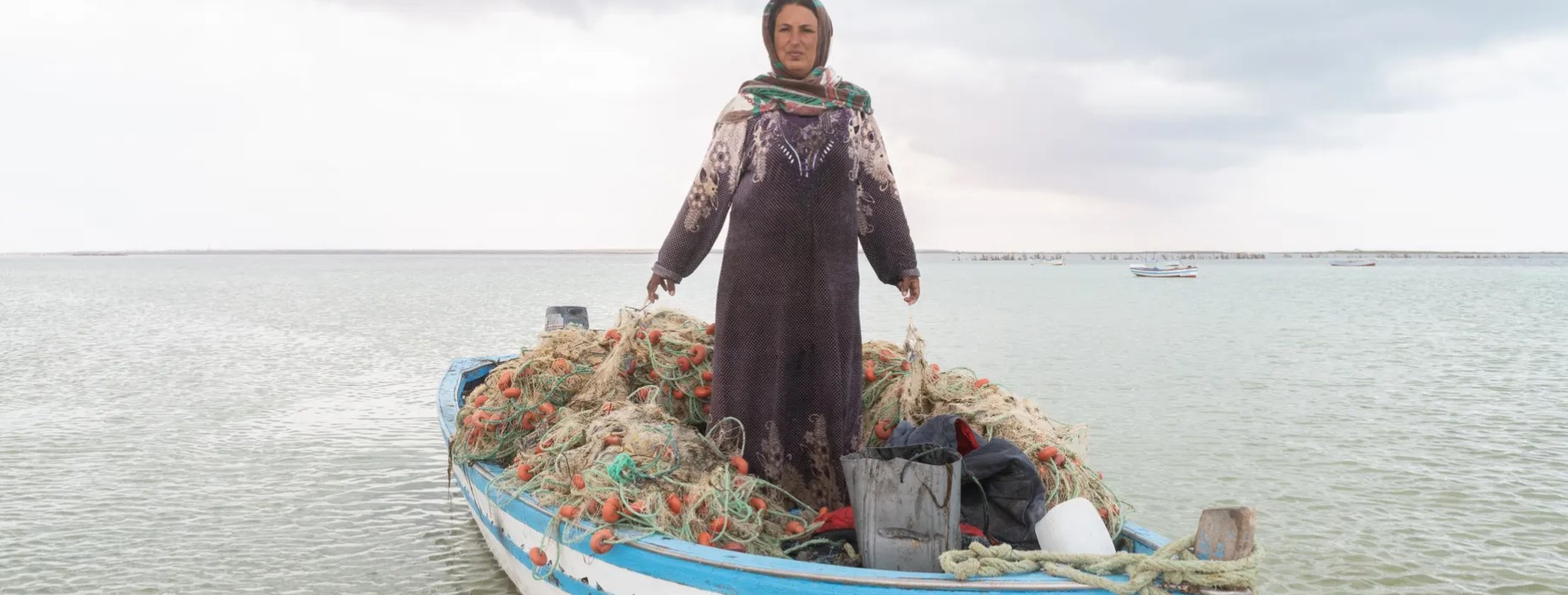
It can take Nabil a whole day to free the crabs entangled in his fishing nets. It is slow and meticulous work. Back in 2014, fishers such as Nabil started to notice large numbers of the blue swimmer crabs (Portunus segnis) off Tunisia, particularly in the Gulf of Gabès on the country’s east coast.
No one knows how the crabs came to the Mediterranean Sea from their native Indian Ocean, whether they migrated via the Suez canal or were inadvertently transported on ships. But many researchers believe the climate crisis has helped the spread of the species as sea temperatures rise north of their normal range.

The Mediterranean has proved to be a haven for the distinctive blue-clawed crustaceans, helped by the fact that there are too few of their only natural predators – octopuses – to keep the population of these voracious feeders in check.
Their arrival dealt a blow to an already struggling fishing industry in Tunisia. Not only are the crabs destroying nets, they are also feasting on the catch – eating significantly into the income of small-scale fishers such as Nabil.
Angry at the impact on their livelihoods, fishing communities launched a series of protests in 2015 and 2016. In response, the Tunisian government and the UN Food and Agriculture Organization joined forces. Their solution? To turn the problem into an opportunity and help people make money from the invading crabs.
They trained fishers to catch the crabs using pots instead of nets. Even artisanal fishers on the Kerkennah Islands, a small archipelago off the east coast of Tunisia, have adapted. Here, people practise charfia fishing, an ancient technique that uses palm fronds lodged in the seabed to block the fish and direct them into nets or traps.